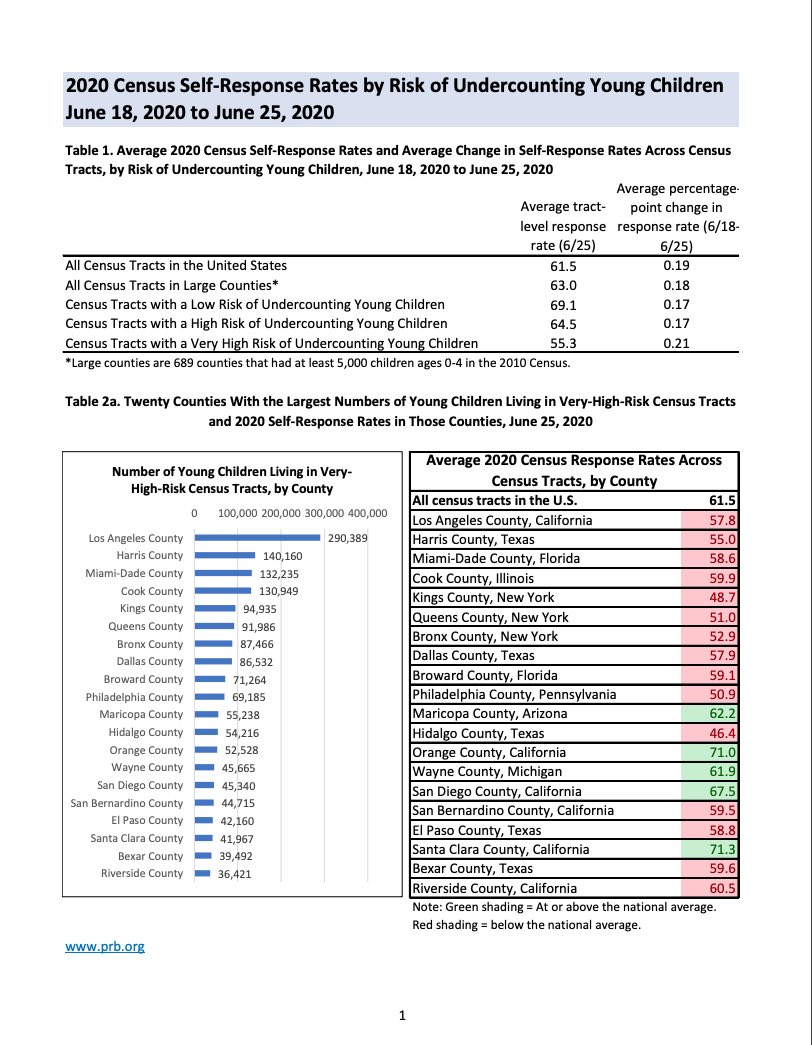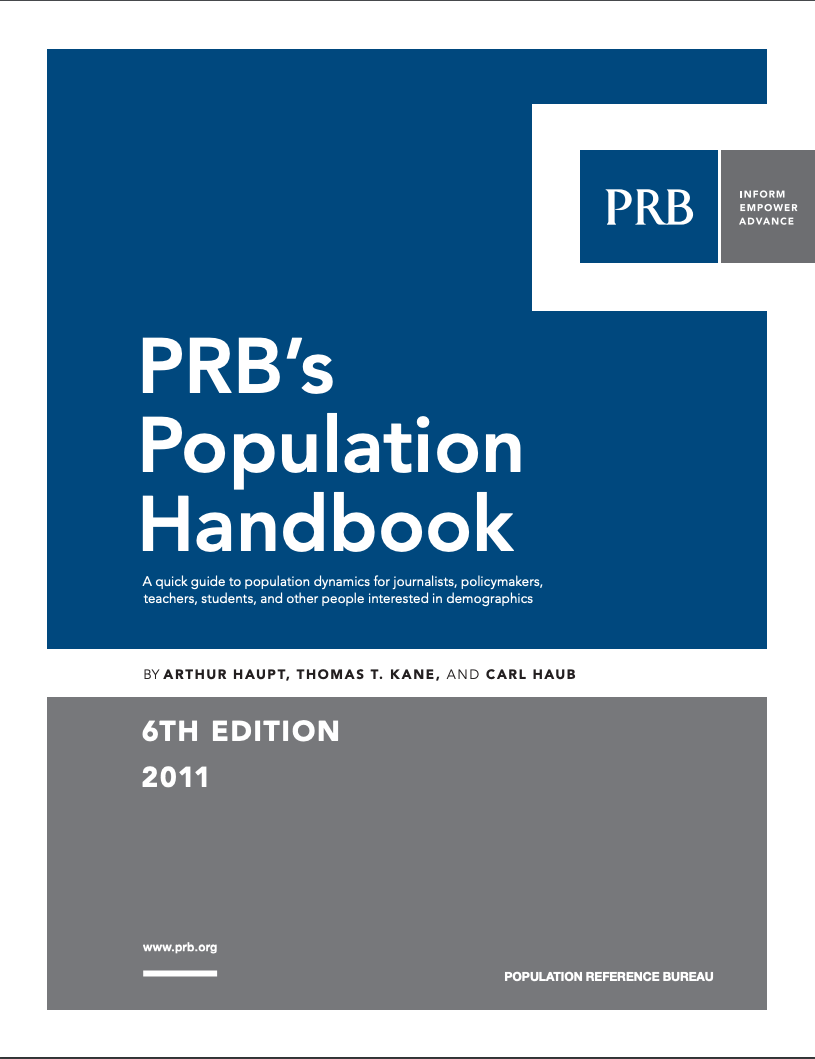The World’s Next ‘Population Problem’
(2005) Ask about "the population problem" to people of a certain age, and the first and perhaps only thing that comes to mind is the "population bomb" or "population explosion."
(2005) Ask about "the population problem" to people of a certain age, and the first and perhaps only thing that comes to mind is the "population bomb" or "population explosion."

Self-response rates are lowest in neighborhoods with high concentrations of racial and ethnic minorities in the young child population, which could mean fewer dollars for communities that need funds the most.

(6th Edition, 2011) A quick guide to population dynamics for journalists, policymakers, teachers, students, and other people interested in demographics.

Project: PACE: Policy, Advocacy, and Communication Enhanced for Population and Reproductive Health
PRB's Digital Visualization highlights key global demographic trends. Explore current and projected population by region and country. And look at changes in total fertility, infant mortality, and life expectancy since 1970. A U.S. "What-If" scenario focuses on the effects of race and ethnicity on child poverty, child obesity, and college degrees.
(February 2011) The percentage of Americans who smoke tobacco has fallen dramatically over the past 50 years.